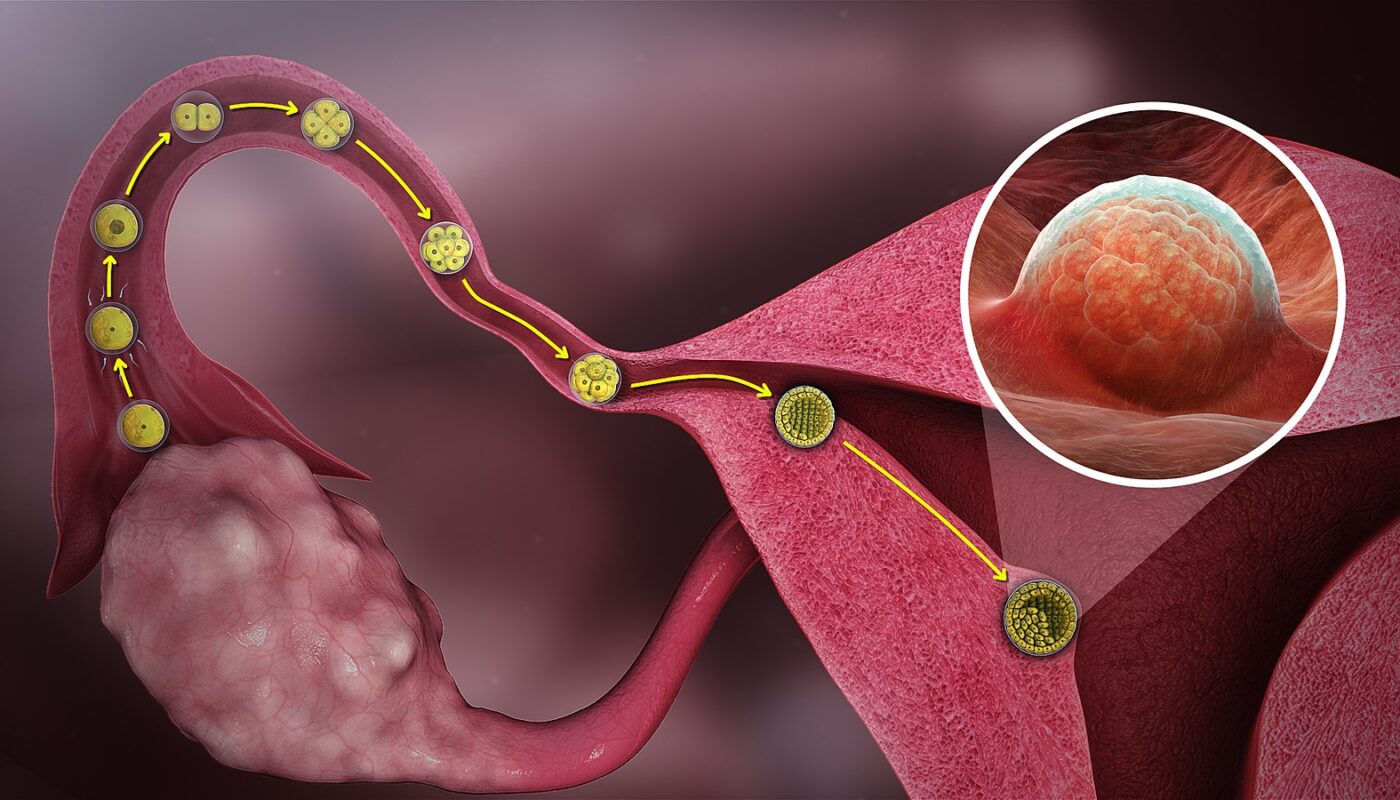Scientists at the Francis Crick Institute and the Université Cote d’Azur, in collaboration with labs in France and Switzerland, have made a significant discovery in understanding ovary development in mice. They have identified a gene that plays a crucial role in determining the early stages of ovary development.
Normally, mice with XY sex chromosomes develop testes, while mice with XX chromosomes develop ovaries. The decision for the gonads to become either ovaries or testes is influenced by cells becoming Sertoli cells for testes or pregranulosa cells for ovaries. This process is regulated by a set of genes, such as the Sry gene on the Y chromosome. If the Sry gene fails to activate testes development within a specific timeframe, the gonads default to becoming ovaries.
In a study published in Science, the research team investigated the role of another gene called Wt1 in sex development in mice. To understand the effect of this gene, they created mice with genetic alterations in Wt1.
The researchers found that a specific form of the WT1 protein, known as -KTS, is essential for gonad formation. When the -KTS form of the protein was absent, neither Sertoli cells nor granulosa cells could form in both XY and XX mice.
Further analysis was conducted on mice with mutated Wt1 genes that only produced the -KTS form of the protein. Interestingly, these mice produced twice as much -KTS to compensate for the absence of other forms of the protein. The higher amounts of -KTS reduced the expression of Sry in XY gonads and increased genes involved in ovarian development. As a result, the production of SRY never reached the necessary level to trigger testes development.
The research demonstrated that an XY mouse developed female gonads in the presence of excessive -KTS, highlighting the role of the -KTS form of WT1 as an early trigger for female gonad development, regardless of the presence of XX or XY chromosomes.
Mutations in the WT1 gene in humans can lead to Frasier syndrome, which affects kidney function and gonad development. Interestingly, individuals with XY chromosomes affected by Frasier syndrome develop ovaries that eventually degenerate before birth.
This discovery not only provides insight into the early stages of gonad development but also helps understand how WT1 functions in various systems, including kidney development and Wilms tumor, a type of kidney cancer. Additionally, it may offer valuable clues about the mechanisms behind cell fate determination in general.
The findings of this study have significant implications for understanding ovary development and related disorders of sex development. They may pave the way for further research into identifying the molecular and genetic basis of these conditions.
*Note:
1. Source: Coherent Market Insights, Public sources, Desk research
2. We have leveraged AI tools to mine information and compile it




